Fisure - elegant perennial with elegant bulk inflorescences resembling pastel tones spikelets. This flower has only recently settled in our gardens, but has become a real find for gardeners: his flowering falls at the end of summer, when most summer plants have fallen away, and the autumn is just let the buds. From the middle of August and frost, the physician decorates the garden of white, dairy, scarlet, purple shades. They appreciate the plant and florists for its ability to stand for a long time in the cut, until the last bud will not break. How to plant a fossession and create suitable conditions for it we will try to tell in this article.
Flower Fisteland - Description, Types, Vortices
Fisost - a herbaceous plant, which belongs to the family of Clanotkov. There are about 10 species growing in wet forests, along rivers and lakes in North America. As the cultural plant is grown everywhere.
The fossession grows on average up to 120 cm in height, forming a bush of several dozen stalks, branched on the top. Inflorescences reaches 30 cm and resemble neat spikelets. The foliage of the plant has a linear lancing form. Its color is not too bright monophonic light green. But there may be a kind of fossession and a voyage - on the leaves there is a white cut.
Interesting! The name of the Fisure has walnut origin and translates as two separate words "bubble" and "cover", which indicate a bulk, slightly blurred form of inflorescences. Thanks to such an interesting form, a physodegue is often referred to as a false snake.
Fistelage elementary multiplies by self-sowing and dividing the mother bush. Excellent winter at temperatures up -20 ° C, if it should be prepared for wintering.
Of all the varieties, only one - Virgin's Fisure grows in culture. This perennial may seem inconspicuous, too modest plant. But such an impression remains only until the first flowering.
In July, aqueous inflorescences are formed on thick reprehensive shoots, which bloom with different shades: from white to dark purple color depending on the variety. Flowering lasts until late September. All this time, the flowers are depleted by a sweet fragrance, which strongly attracts bees, so the fossession is an excellent honey. Fruits of plants - small dense nuts.
To date, there are several beautiful varieties of Virgin's Fisure:
- The Fiste "Pink Queen" - a low-length representative up to 75 cm long with rich-pink spikelets with a bare-catching white sweat at the base of the boutons. Prefers solar sections with loose soil. It is sensitive to low temperatures and requires shelter before the onset of cold weather.
- The "Summer Summer" fusion is a shrub height of 110 cm with absolutely snow-white flowers. Requires regular feeding, often needs to be tested. It grows both in the sun and in a half. Loves lightweight land with a lot of humus. The flowering period is 45 days. It is distinguished by frost resistance and does not require shelter from frosts.
- The "Variant" Fisure - a low-spirited variety, is distinguished by its decorativeness; The color of the inflorescence is light pink. Also, this physician has a wide motley leaflets with a white cut. Abundantly blooms up to 50 days, does not need shelter.
- The Summer Spire Fisure is a plant with rare linear leaves and delicate flowers whose petals are painted into a purple shade. Bad takes rats in dry out-of-free soil.
- Fisure "Bouquet of Roses" - the tallest variety with durable tubular stems, on the tops of which dark lilac inflorescences are towering. Fishend grows up to 120 cm and looks harmonious in landing with evergreen dwarf trees.
- The "Alba" FMOSEG - grows up to 80 cm, forming on the top of the tight white-colored inflorescences. Blossom continues until mid-October.
Cultivation of Fishes from Seeds
Very convenient to grow aysodege of seeds. They have a high germination and in the store you can choose a suitable variety. You can use the collected seeds if the physically grows on your site. They can even be sung in open ground. However, it is possible to resort to a seaside method of reproduction, because the perennial quickly keeps sprouts, which soon turn into dense bushes.
Sowing and rules for the sediment of the Fisure
Collected or acquired seeds do not need any processing. They are sown in March in drawers with prepared soil, and transferred to the greenhouse. After 14-16 days, long-awaited shoots appear.
Split care is simple. They are watered after grazing the top ball of the soil, and if the cracked crust appears, careful loosening is carried out. You need to take care of seedlings from open sun rays and draft.
Picking of the Fisuregia
As soon as two full-fledged leafs are formed on seedlings, you need to start picking. Sprouts are searched at a distance of 10 cm among themselves. 10-14 days before disembarking, the rabid is beginning to "teach" to the outdoor. Conduct acclimatization gradually, every day increasing the duration of the stay of the seedlings of the Fisure in the street.
Important! Sowing material collected in its garden, after germination may not repeat all the features of the available variety. Therefore, if you do not like to withdraw new species, it is better to use purchased seeds or another breeding method, for example, with gods.
Fistelage - landing and care
Careful for the sovereign is a pleasure. The plant, falling into a wet soil, rapidly grow and let multiple shoots. It rarely sick, and develops well without frequent feeding, treatments from pests. It is also unpretentious to the soil, but it is better to choose wet soils for her landing. In general, care is so simple that the cultivation of the physician is suitable even for beginner gardeners.
How to choose a place to land a fisure
This perennial is completely unacceptable to growing conditions, but the right choice of landing space will provide a longer period of flowering and violent growth of healthy shoots. You won't lose if you plant a sin outdoor or on a plot with a lace gender. In both cases, it is quickly rooted, and will begin to develop an overhead part. It is better to choose the southern or south-eastern part of the garden near high buildings or hedges.
Important! Fully shaded plot is not suitable for landing. In such conditions, the bright and large flower of the Fishet will quickly fade, the growth of shoots will stop and with time the perennial will die.
Before planting the soil is specifically prepared. For it, it is enriched with a compost or overworked peat. If the soil on your site is not suitable for a pleasure, you can change it a little by making sand. Landing on an open area is desirable to start in the last weeks of May.
Advice! Choosing a place for a new place for growing a fisure, it is worth considering the characteristics of a particular variety. For example, the variety "Variamnaya" prefers the whole day to be in the sun, and disappears in rotary weightlifting. And the Site Fisure White Alba is equally well grows in the shade, and in the sun, but requires normalized irrigation.
Although the kind of soil is incongruy to the soil, but much better grows on black earth lands and loams. An exception is solid, too repaired land with high underground water. In such conditions, the perennial will quickly wage and can completely lose its root system from the defeat by putrid microorganisms.
Fistelage, landing in open ground
Seedlings of the Fisuresey are planted at a distance of 37-45 cm, it is possible. Before boarding, it is important to consider that the root plant of the plant is so quickly capturing the nearby areas of the Earth, which is capable of exhibiting other plants. Therefore, the limiters should be built in advance: a slate fence with a depth of 40-45 cm should be built with the seedlings.
It is possible to restrict the growth in a different way: to plant a fossession in a bucket, a piece of pipe or basin without the bottom. You need to dig a limiter so that its upper edge is 2-4 cm below the top layer of soil.
Fisure - garden care
After a successful fit of the Fisure, the whole care is reduced to watering, gentle fertilizer, trimming and renewal of the bush every five years.
How to water and fertilize
Watering is very important for such a moisture-loving plant, like aysodegy. But regular soil moisturizing is required only in hot and dry days. In cool, cloudy and windy weather, it is better to limit or exclude or exclude.
From time to time you need to loosen the land near the physiosteria, remove weeds, filled with stems. If you make mulching peat to maintain moisture in a nearby place, the leaving of the plant will be easier even more.
Fertilizers in rich soil just once a year before the start of the bootonization. If the land is not too fertile, the feeding is carried out 2 times: in the spring and autumn. Water soluble mineral fertilizers are suitable for the physician.
Advice! Do not be too fond of the introduction of nitrogenous components, otherwise the jug of the Fisuregia will cope with bright and thick foliage to the detriment of the formation of inflorescences.
Methods of breeding of the Fisuregia
In addition to the seed method, gardeners are often used in a vegetative way of reproduction of a physical.
- A bush shall be divided in the early spring until the moment of bootonization or in the fall after flowering. The deserted bushes completely remove the above-ground part, separated and detecting the decenes in the same way as the seedlings of the Fisure.
- The drawing is appropriate to spend in the first summer days. To do this, cut the cuttings of 10 cm, capturing 2-3 kidneys. Then they conduct their rooting in the sandbox and put in a half. Winter cuttings in a cool closed room, and in the spring they are transplanted to intermediate beds, and only a year later - on a permanent flower.
- Fisure launches germinate not far from the mother's bush. They are carefully digging, transplanted into the shaded place and the next year is planted for a permanent place of growth.
- With the arrival of October, you can proceed to the division of the root. Healthy white roots are separated from the main root and plant in loose soil. They take root a little slower than the groove, but over time they let the same strong root system.
Advice! Fisure does not lose its decorativeness for 5 years. After that, the bush is recommended to divide and transplant to a new place.
Fistelage: Diseases and pests
The plant is characterized by a unique resistance to the attack of pests and rarely gets sick. In rare cases fizostegiya may be subject to damage by aphids. In this case, will help solve the problem of processing Antitlinom or aktellik.
In case of incorrect or excessive watering can rot fizostegiya. To get rid of any antifungal agent is suitable from putrefactive flora.
Fizostegiya - Care after flowering
After humbled last flowers on the stems, you need a little time to pay fizostegii to prepare it for winter. Most varieties are not in need of shelter, but the seed collection and pruning is necessary to carry out necessary.
Collect seeds and cropping fizostegii
As the ripening seeds are harvested, to prevent from plating on a bed, or for seed mater for subsequent reproduction fizostegii.
When all stems wither, held pruning. The above-ground part is cut off not completely, and left "penechki" height 10-12 cm. This helps fizostegii winter. If completely cut the whole bush, the plant can freeze or can not form flower buds for next year.
Preparing for winter fizostegii
Fizostegiyu optionally to wrap. It is well winters in not very harsh climatic conditions. But if it grows in open areas with winds, which may be difficult to form a ball of snow, it is better to conduct hilling. You can use leaves or dry peat. After minovanii frost cover must be removed immediately to prevent overheating of the earth.
Fizostegiya, photo compositions in garden
Fizostegiya despite its delicacy, is very much appreciated in the landscape design. As a single plant fizostegiya perfect for gardening paths, fences, land around the ornamental fountains and garden lakes.
Also the flower perfectly combined with other shrubs and plants. White varieties look spectacular in tandem with phlox, hollyhocks, hosts. A fizostegiya pink or lilac delicately emphasizes the beauty of juniper and dwarf tui.
Grow beautiful fizostegiyu under force to any gardener. Her gentle and long flowering will decorate your garden and pleasing to the eye in the flower compositions at home.

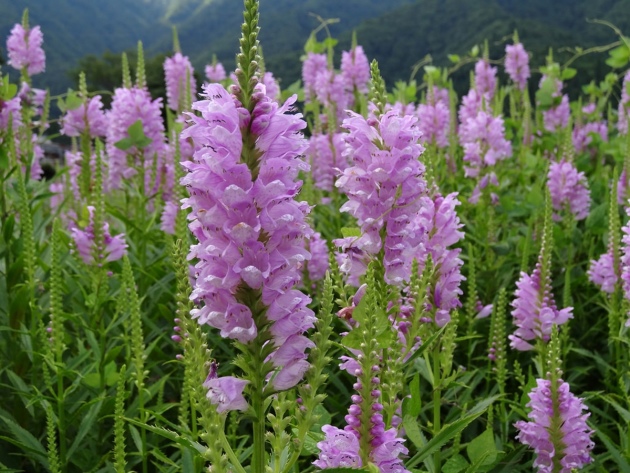
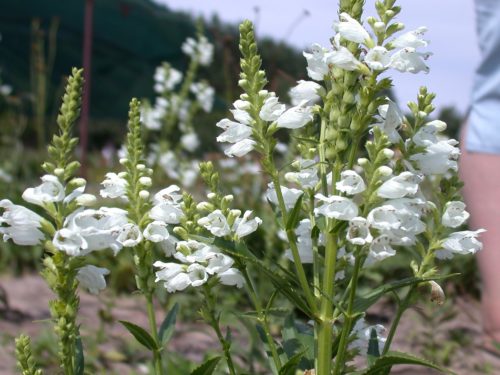
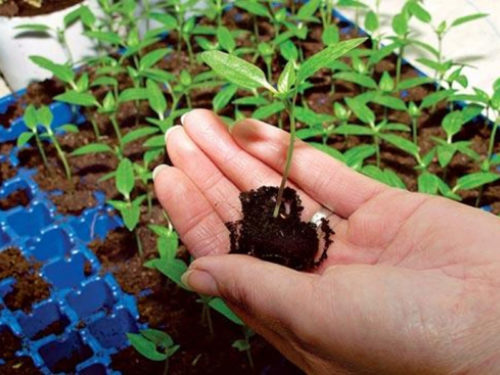
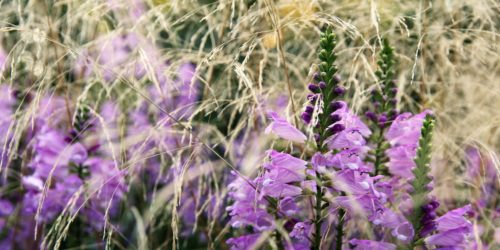
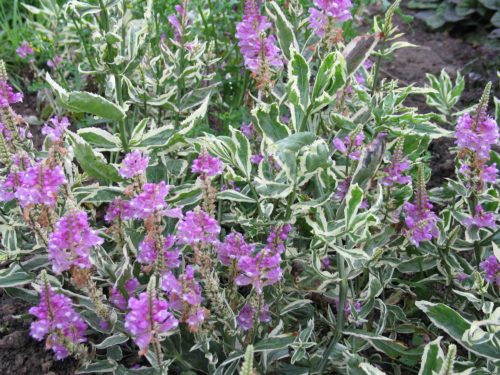
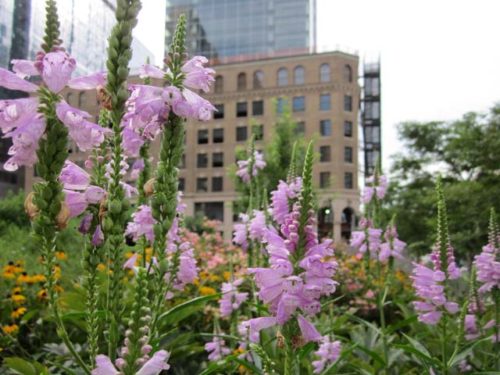
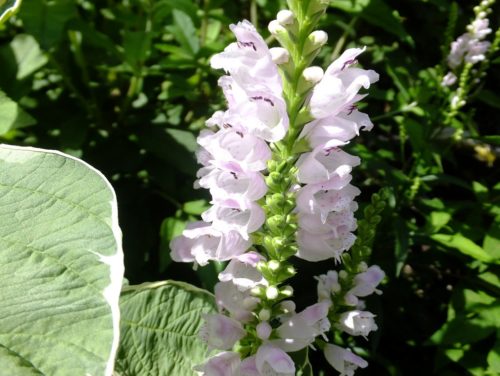
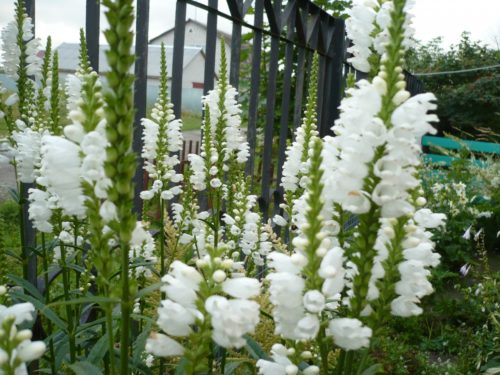
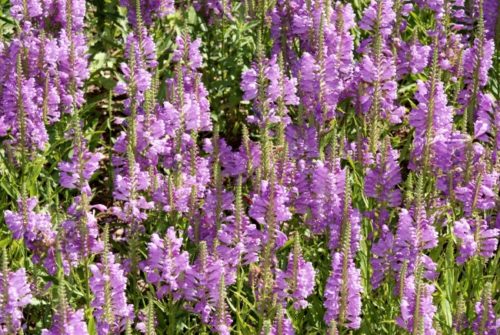
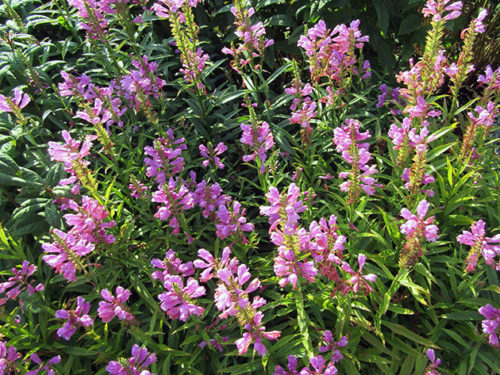
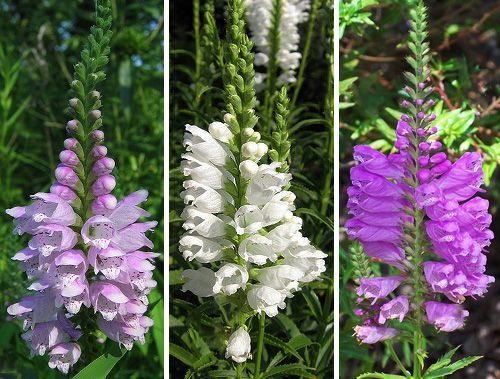
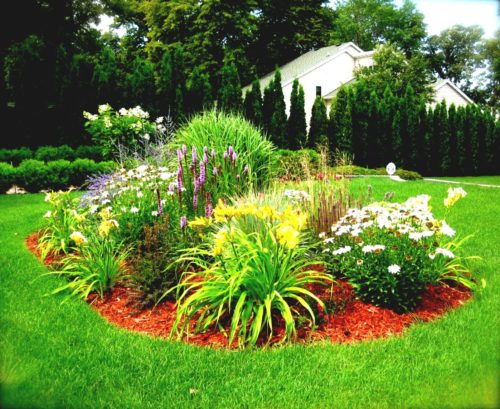
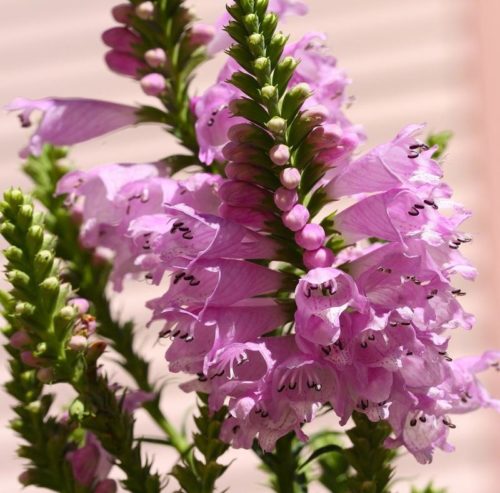
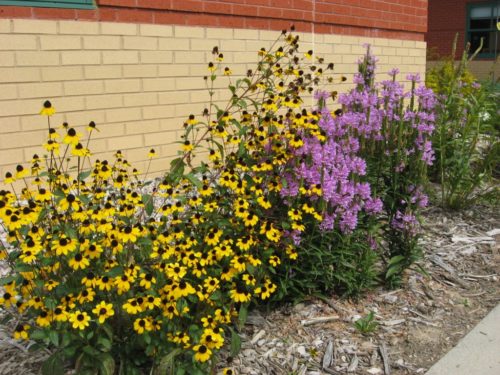













 Start a discussion ...
Start a discussion ...